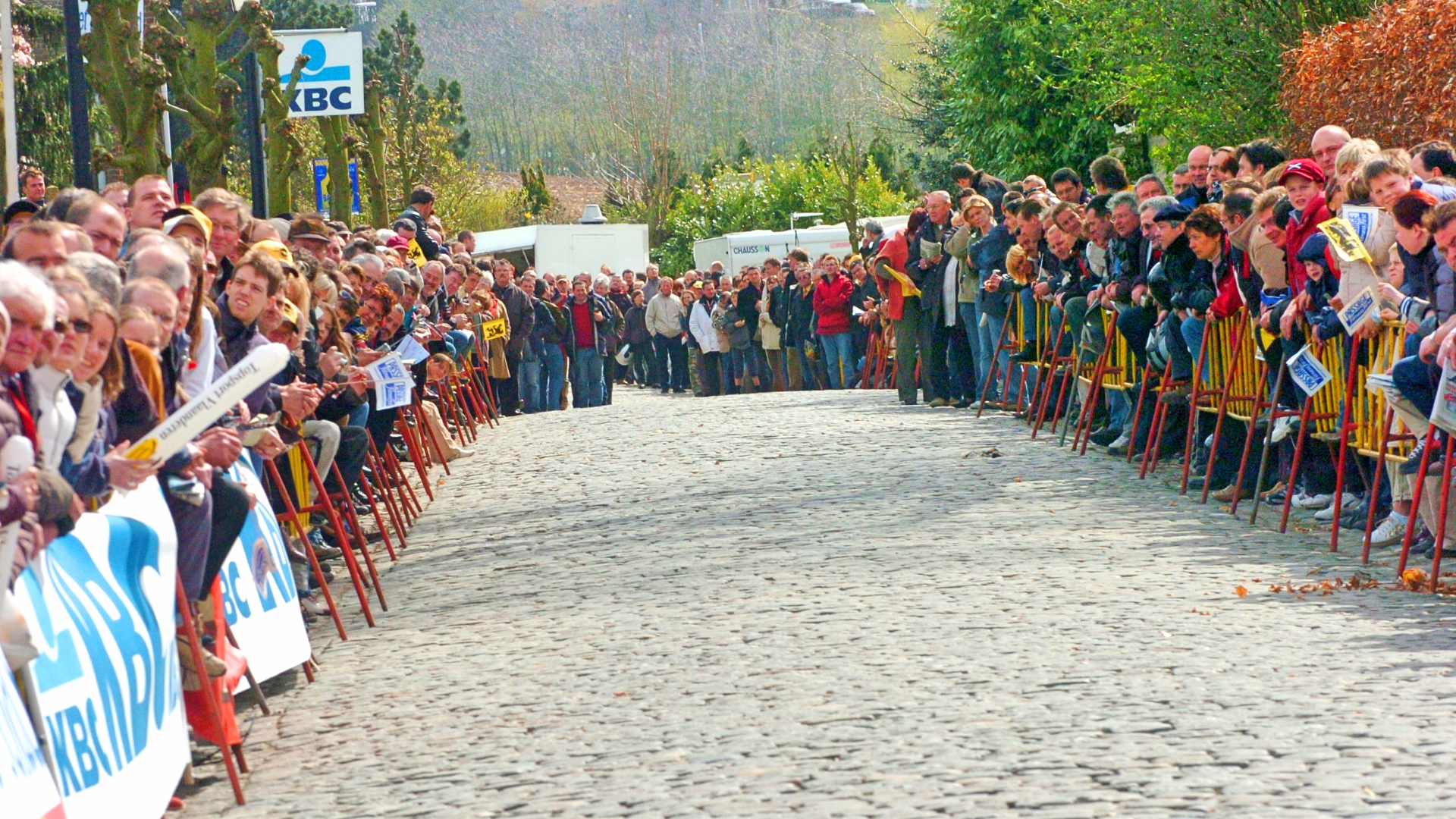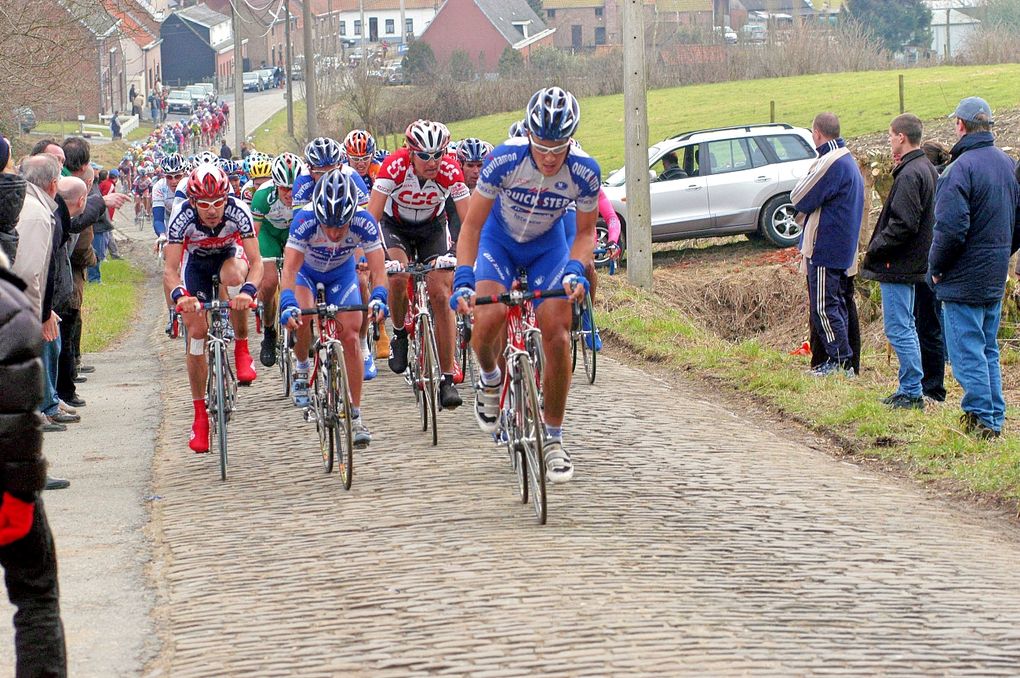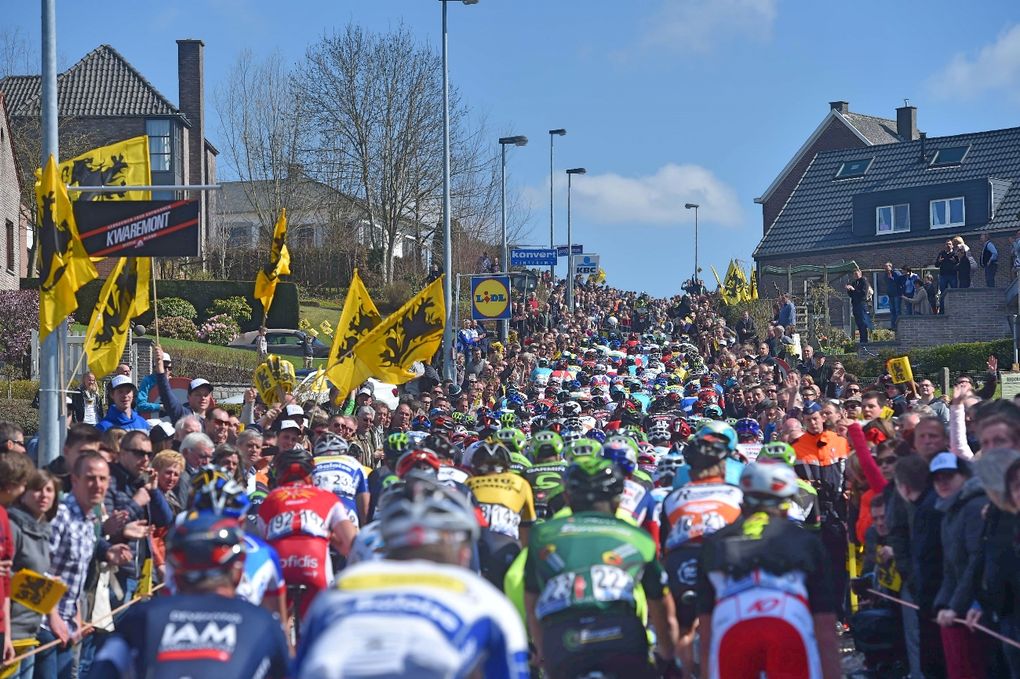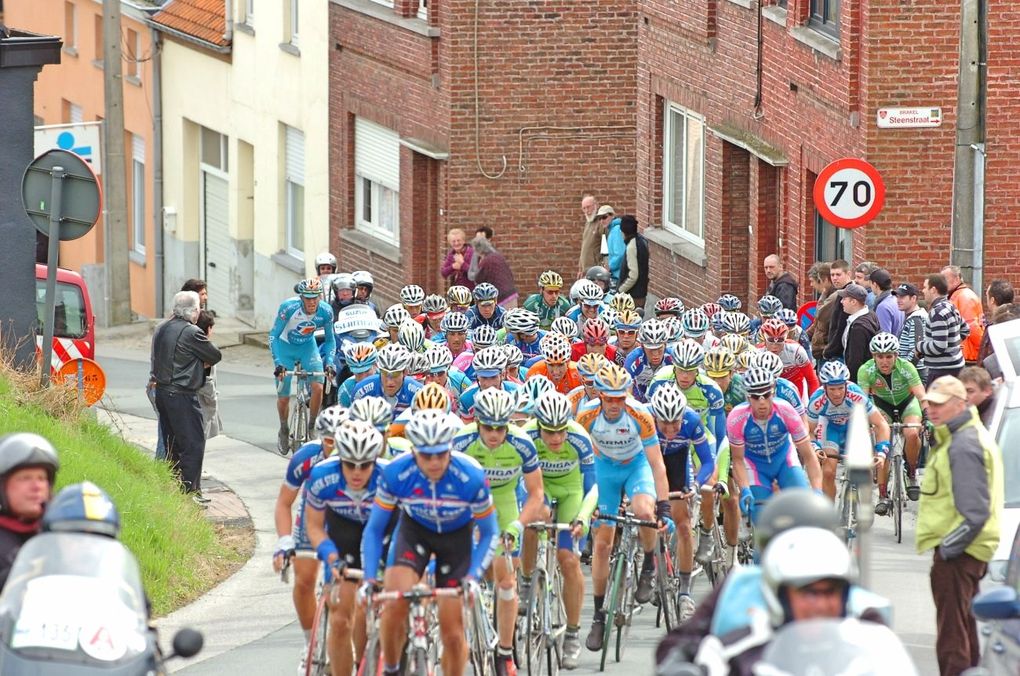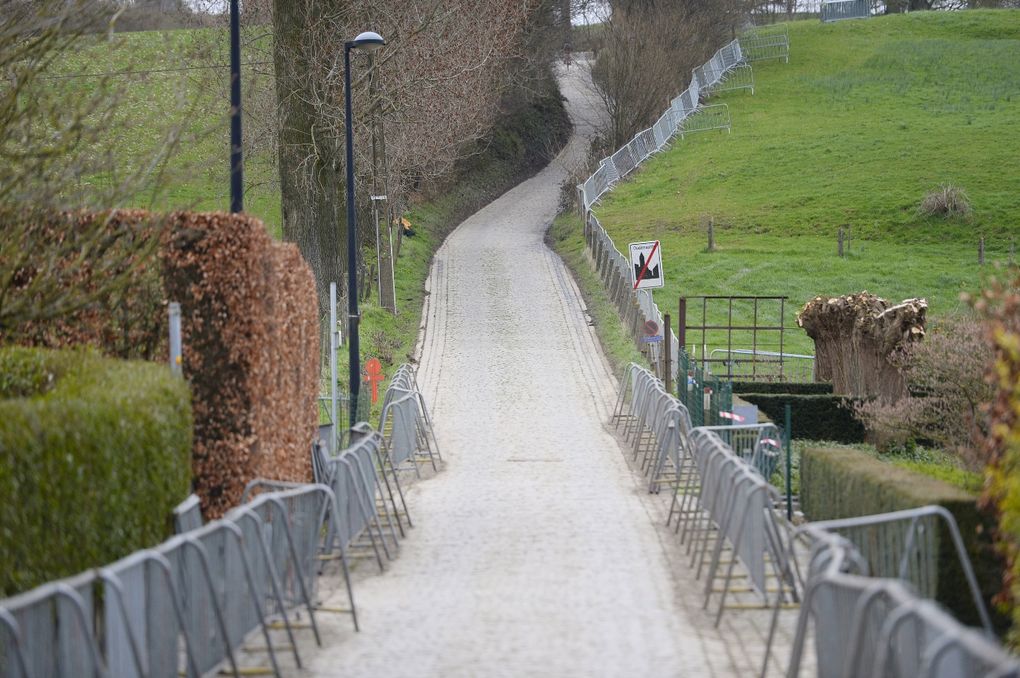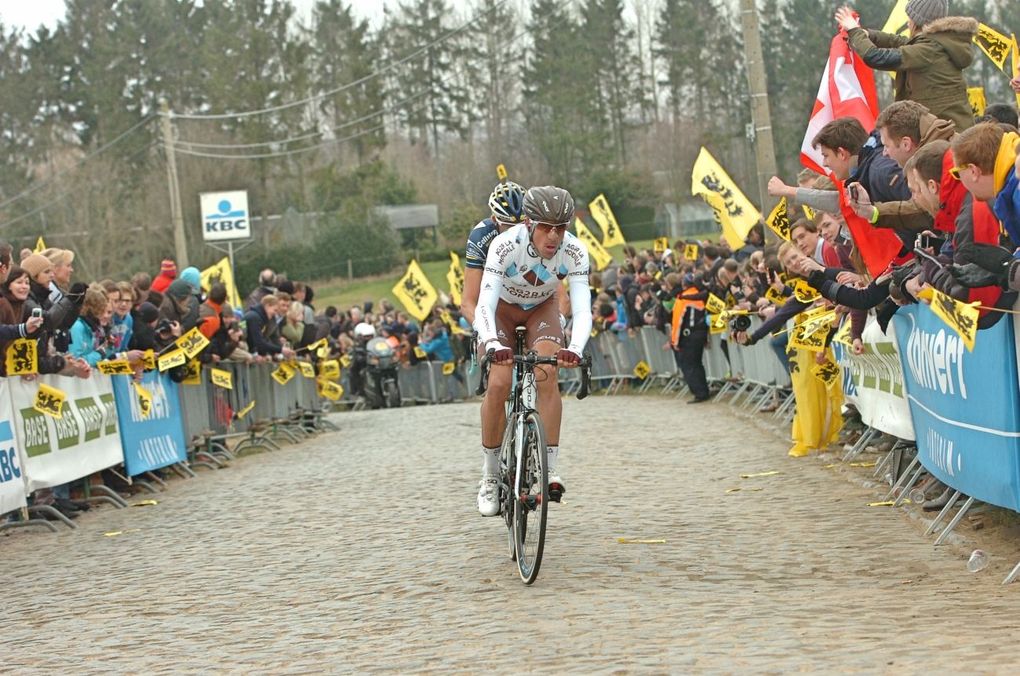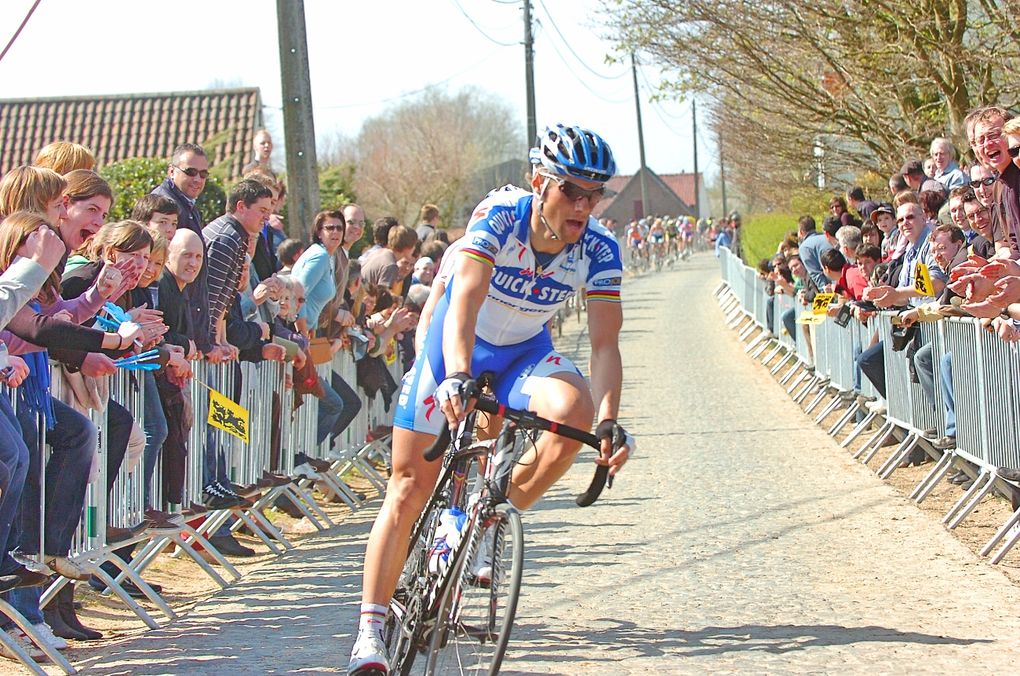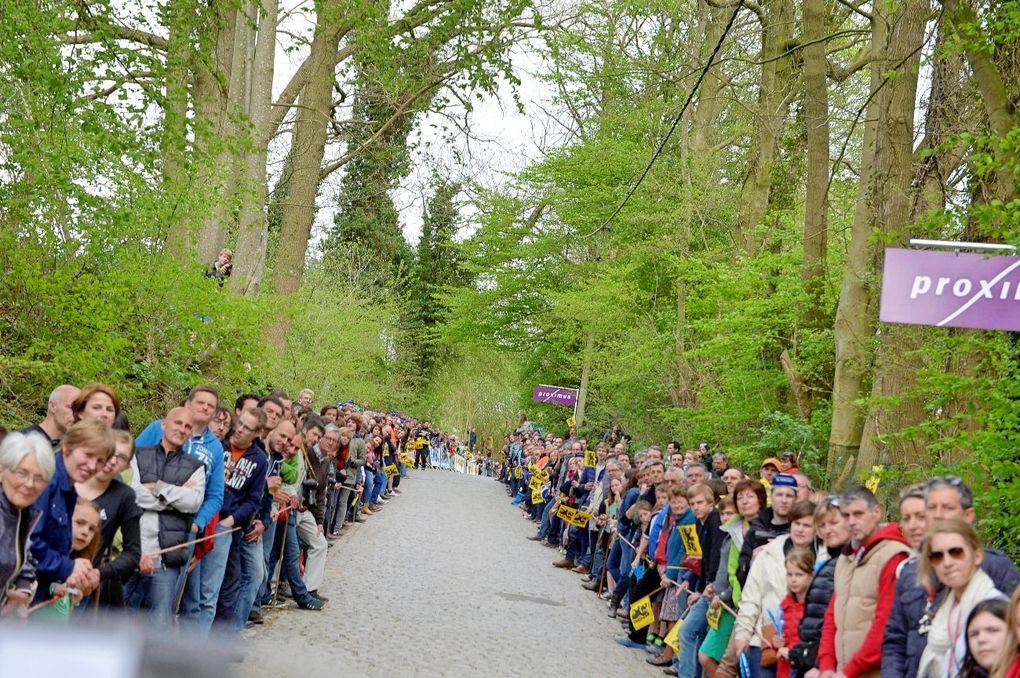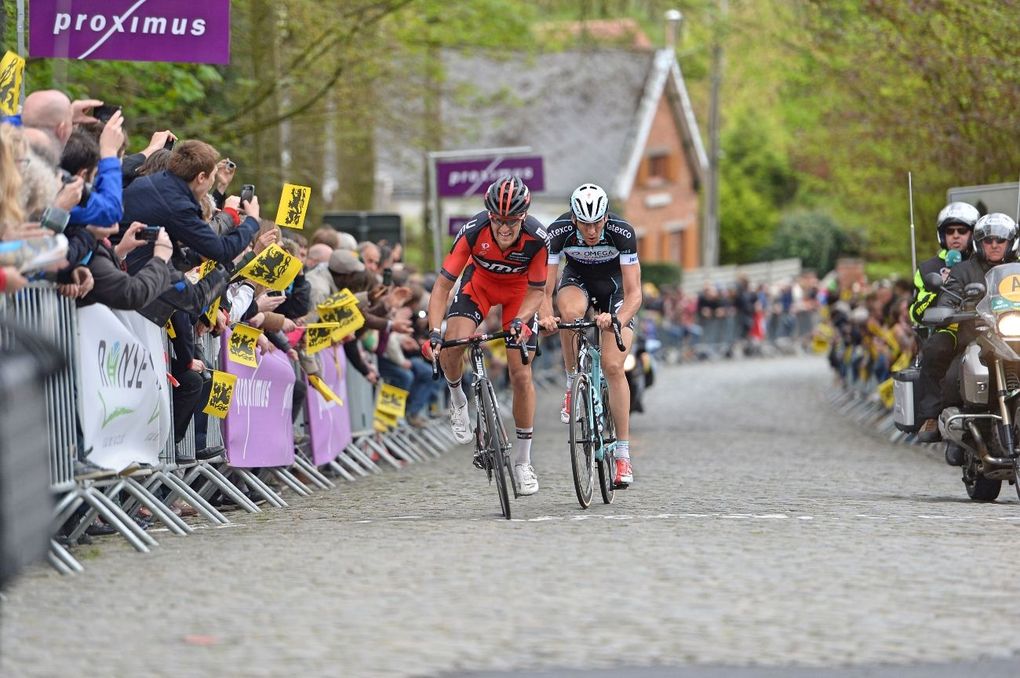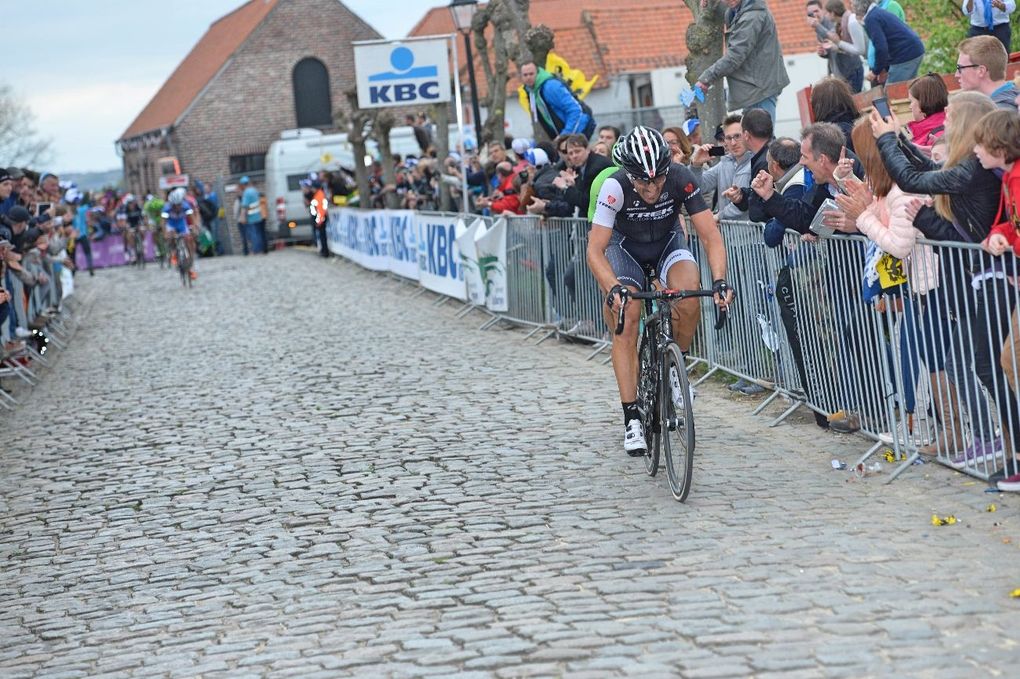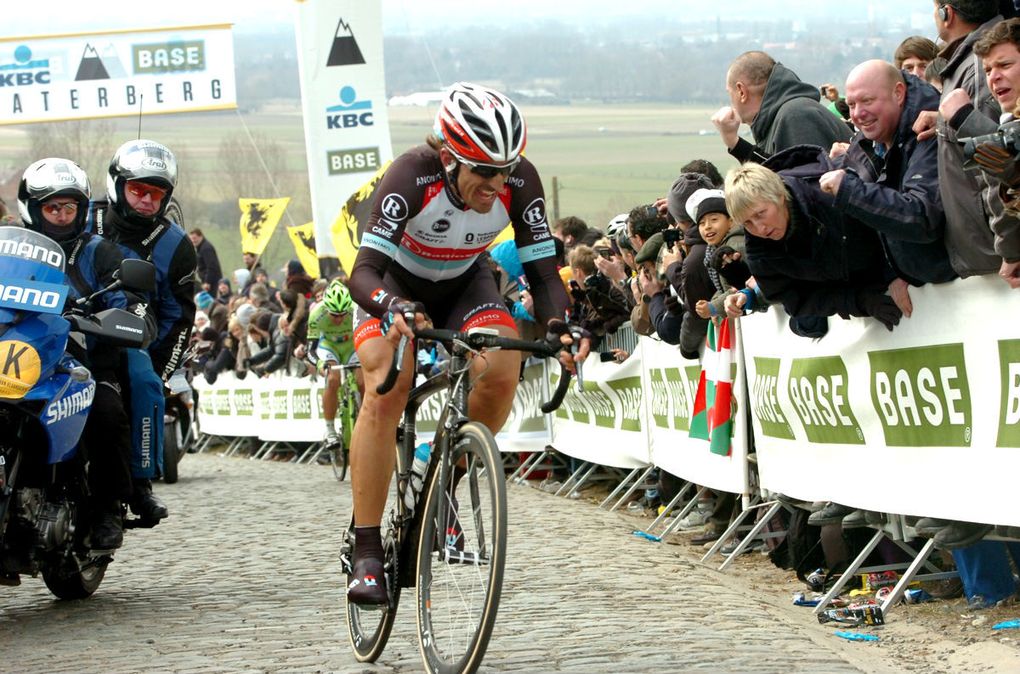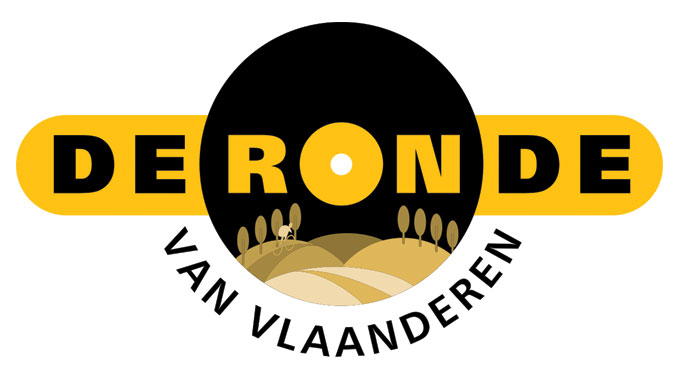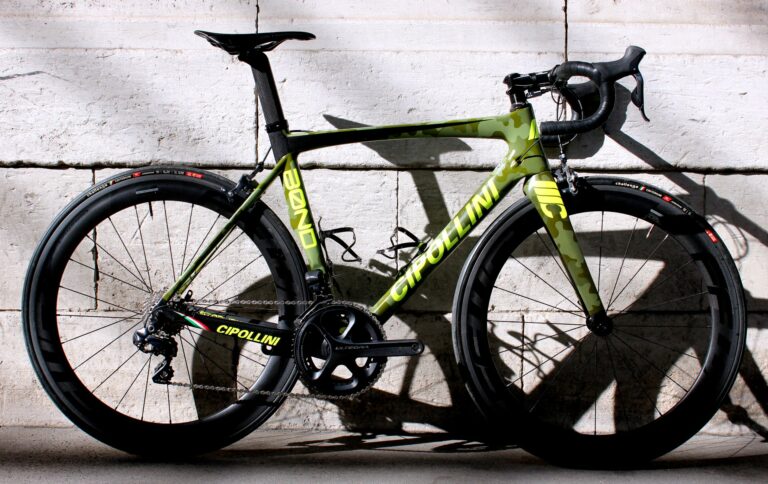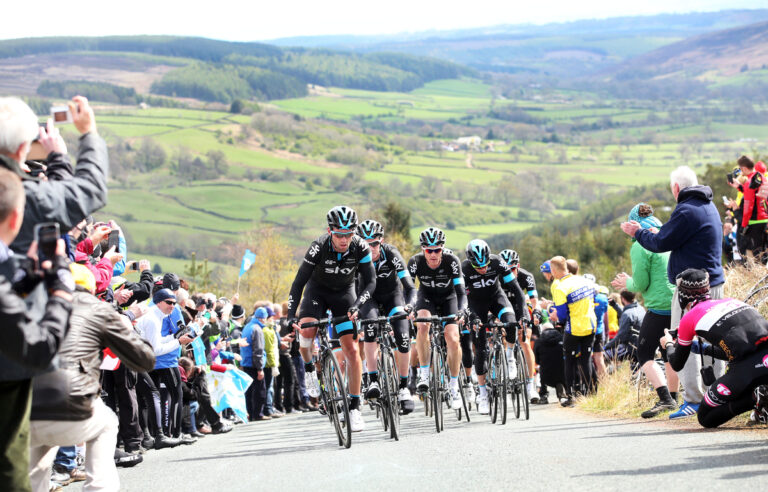The 100th Tour of Flanders rolls out on Sunday (April 3) and features 18 climbs in all, as the Classics hard men bid for supremacy on the cobbles. It’s a war of attrition over a series of short, steep climbs which whittle the peloton down to decide the champion.
After 100km of flat roads to open the 260km race, the iconic Oude Kwaremont ascent kicks off proceedings before the bergs of Flanders come thick and fast.
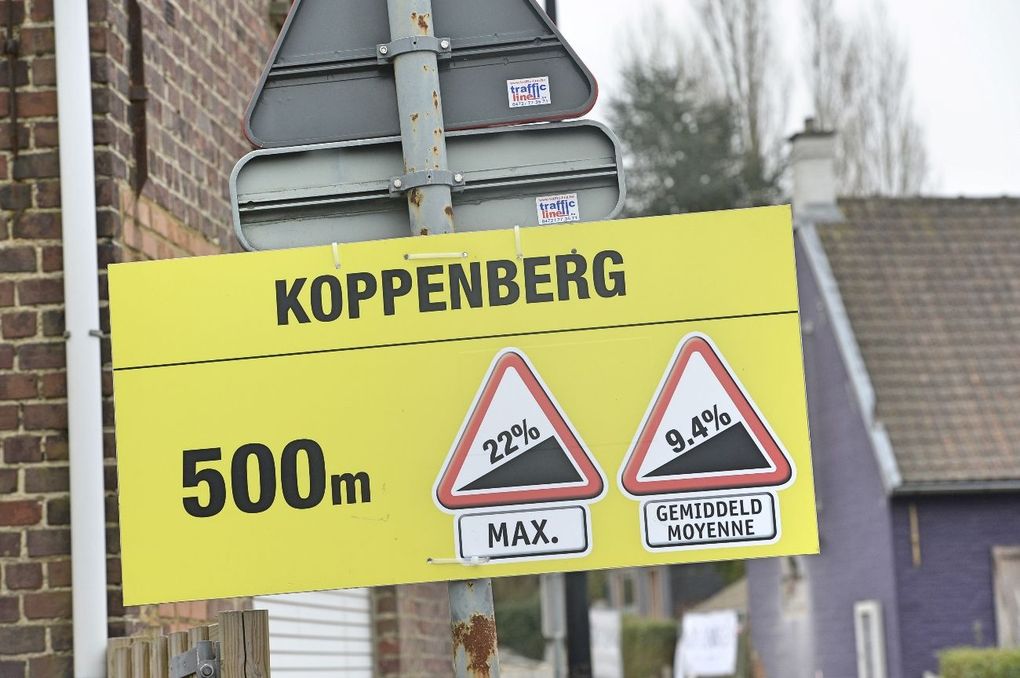
Stripping the peloton to size, and providing the platform for attacks, the Flandrian bergs have hosted plenty of memorable action during the race’s long history. It’s the unique terrain and cobbled roads of Flanders that have made the Ronde one of the highlights of the professional cycling calendar.
And even without the famous Muur, removed from the route in 2012 when organisers moved the finish to Meerbeke, there will be plenty of fireworks for us to enjoy – and the rider to endure – on the climbs.
Here’s our guide to the climbs of the Tour of Flanders: what they’re like to ride, their history and their strategic importance in the race, including those most likely to be key in deciding who tops the podium come Sunday afternoon.

